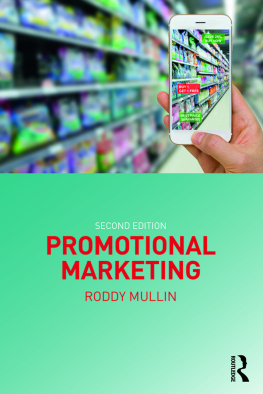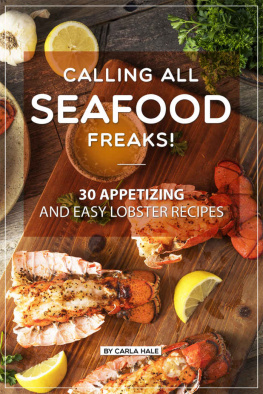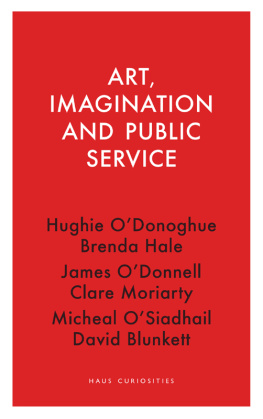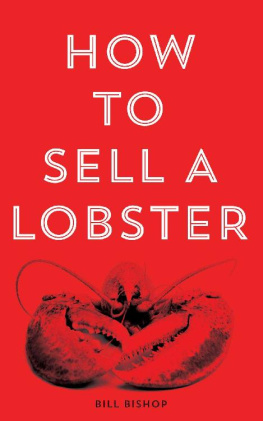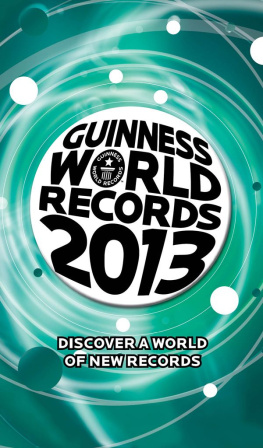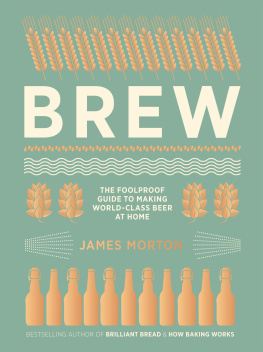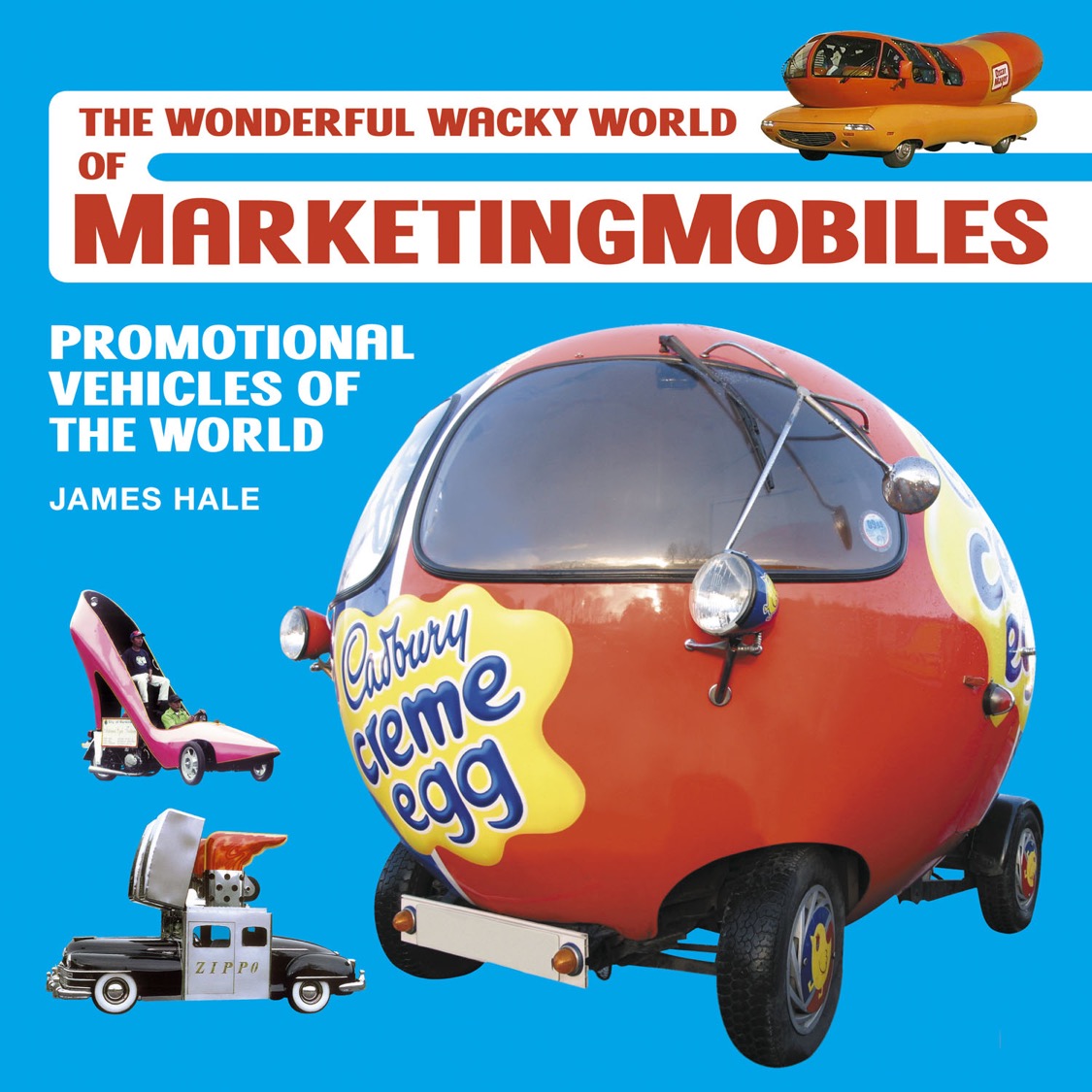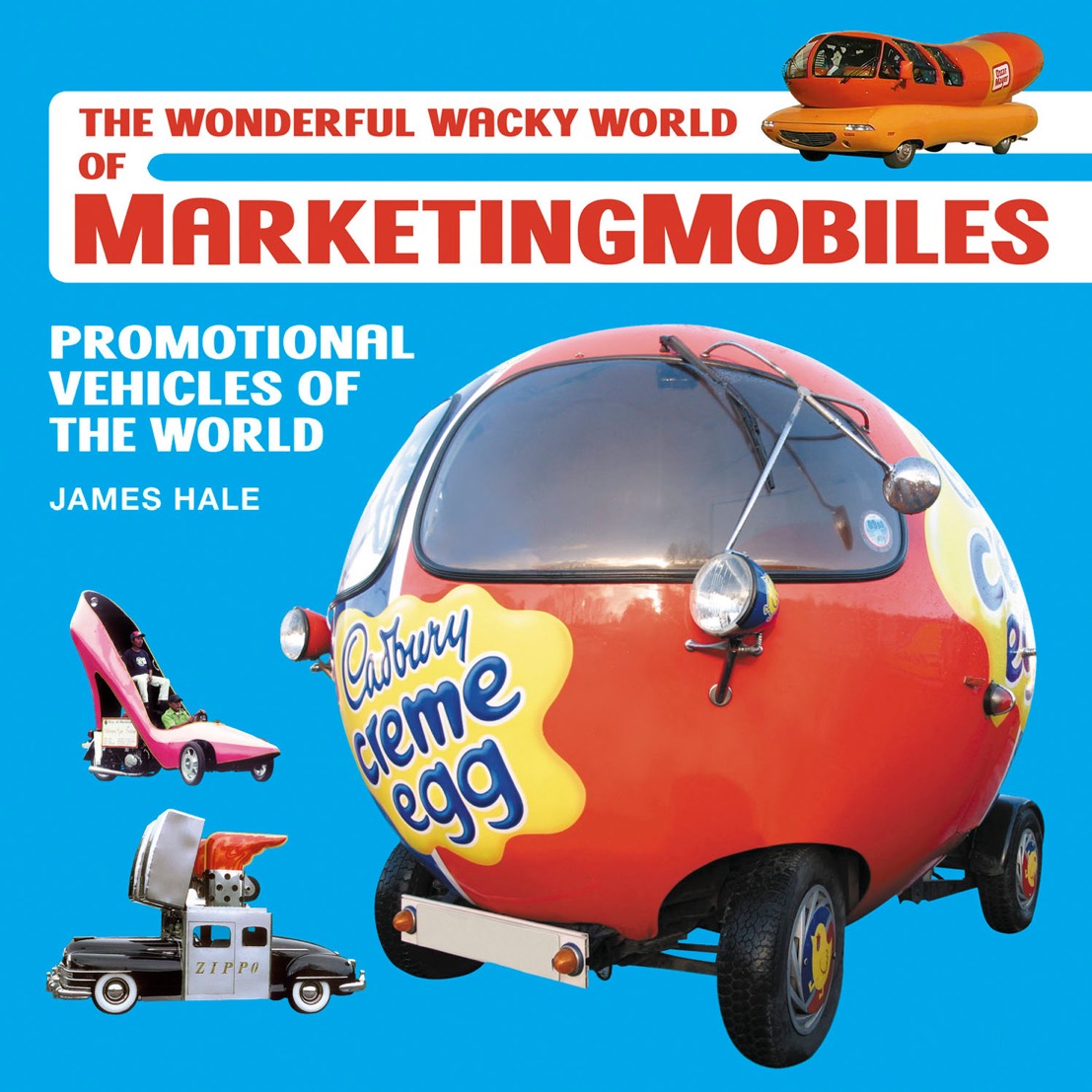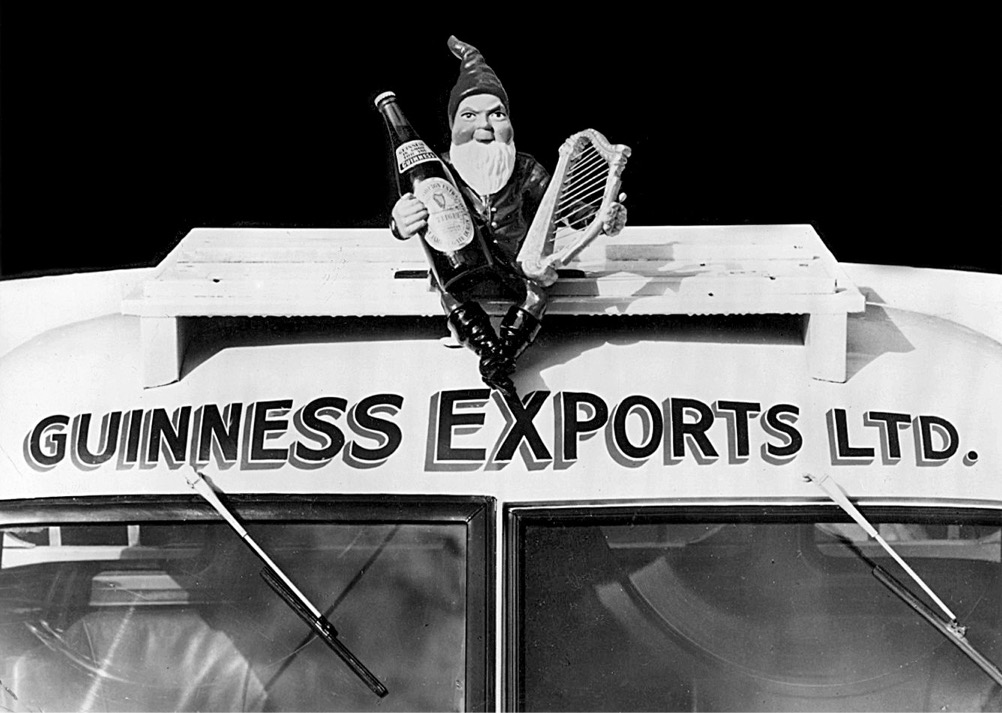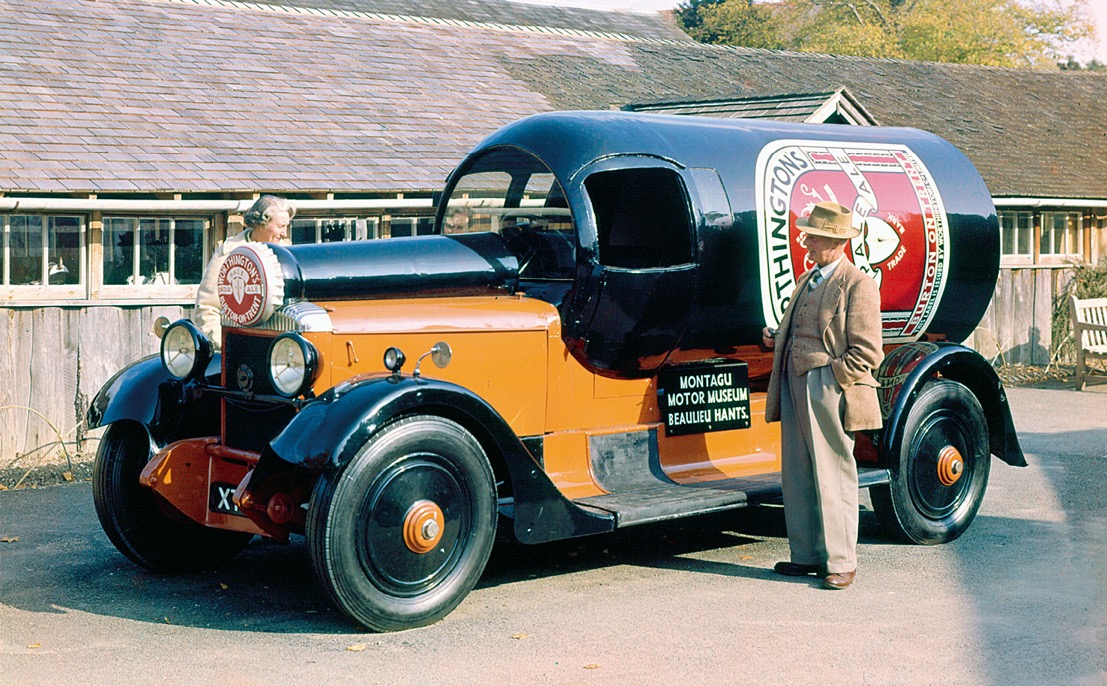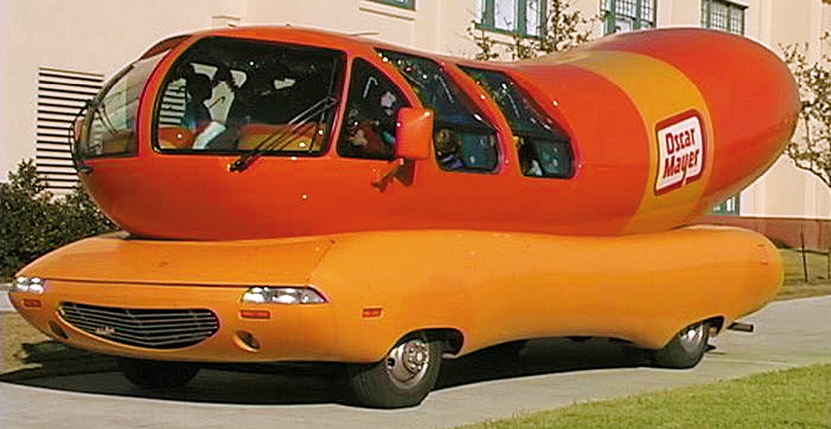First printed in paperback format in 2005.
First published in ebook format 2015 by Veloce Publishing Limited, Veloce House, Parkway Farm Business Park, Middle Farm Way, Poundbury, Dorchester, Dorset, DT1 3AR, England Fax 01305 250479 e-mail .
Ebook edition ISBN: 978-1-845847-33-3
Paperback edition ISBN: 978-1-845840-03-7
James Hale and Veloce Publishing 2015. All rights reserved. With the exception of quoting brief passages for the purpose of review, no part of this publication may be recorded, reproduced or transmitted by any means, including photocopying, without the written permission of Veloce Publishing Ltd. Throughout this book logos, model names and designations, etc, have been used for the purposes of identification, illustration and decoration. Such names are the property of the trademark holder as this is not an official publication.
Readers with ideas for automotive books, or books on other transport or related hobby subjects, are invited to write to the editorial director of Veloce Publishing at the above address.
All Ebook design and code produced in-house by Veloce Publishing.
Contents
The GUINNESS beer brand was promoted by this figurine on top of the companys export delivery vehicles in the early 1960s. (Diageo. The word GUINNESS and the HARP device are trade marks)
This book is dedicated to my brother William.
About the Author
James Hale was born on Englands south coast, and has lived in Brighton the city by the sea for the last 25 years. After graduating from art college, he developed a career in marketing and public relations, whilst also working as a freelance automotive writer and photographer. James has been photographing and writing about unusual vehicles for more than 20 years, and has a keen interest in everything from military vehicles to fun cars of the 1960s and 1970s, film cars and hot rods. He has worked regularly for major magazines including VW Trends, Volksworld, VW Motoring, Ultra VW and Kit Car Magazine, and has also written technical books on modifying the VW Beetle and VW Bus suspension, brakes and chassis for high performance, also published by Veloce.
James is the worlds leading authority on dune buggies, owns the worlds largest collection of toy buggies, and has written five books covering the buggy scene worldwide. He has regularly appeared in magazines and on TV and radio to talk about his passion for these cute and irreverent fun vehicles. This MarketingMobiles book combines his professional interest in marketing and promotion with some of the most oddball vehicles ever to be driven on public highways.
James is a member of The Society of Automotive Historians, The Bureau of Freelance Photographers, and an associate of the Guild of Motoring Writers. This is his seventh book for Veloce Publishing.
Acknowledgements
The author and publisher are indebted to the following for the provision of photographs and other assistance, without which this book would not have been possible: George W Green; Giles Chapman; Peter Rhodes; Robin Wager; Paul Wager; Neil Birkitt; Roland Swlas; Glenn Bjrk; Tom Torrans; Nick Baldwin; Pastor Robert Dunlop; Jon Day, Beaulieu Motoring Picture Library; Sam Turner, Ludvigsen Library; Colin Samways, Cadbury World; Dick London, Cadbury Schweppes Plc; Lisa McElhinney, Diageo Archive; Carina Badger, GUINNESS IP; Catherine Lister, Coors Visitor Centre & the Museum of Brewing; Annesietske Stapel, Heineken Experience; Jim Orr, Benson Ford Research Center The Henry Ford; Ryan Morton, American Truck Historical Society; Jon Bill, Auburn Cord Duesenberg Museum; Jane Griffin, MTR Promotions Ltd; Custom Car; Getty Images; Classicphotos; Reuters; Auto Archive; Fran at Innocent Drinks.
All photographs in this book have been credited, where known, to the original photographer, magazine or copyright holder. Where this has not been possible, credit is given to the collection owner.
Built in 1923 on a standard 30hp Daimler car chassis, this Worthingtons bottle van was used to promote White Shield India Pale Ale whilst delivering advertising materials to pubs during the 1920s and 30s. It is seen here at the Montagu Motor Museum in the late 1950s, after it was replaced by the brewer. (Motoring Picture Library, Beaulieu)
Foreword
My earliest recollection of visiting a motoring museum is during a trip to the New Forest to see the newly opened National Motoring Museum at Beaulieu in 1972. Whilst others may have been in awe of the displays of sleek classic racing cars, the earliest veteran or vintage vehicles, or the awesome, powerful land speed record cars, I was entranced by a few quirky promotional vehicles on show: I particularly remember a car shaped like an Outspan orange, and a lorry fashioned like a beer bottle. They were different in a captivating sort of way and immediately spoke volumes to me about the ingenuity of product advertising. This wasnt just a case of simply sign-writing a flat-sided van, but creating a facsimile of the product itself in a larger-than-life, mobile form. The phrase it does what it says on the tin hadnt been invented then but, if it had, it would have summed up my exact feelings for the way the vehicles promoted the products they represented. As I stared at them, spellbound, little did I know then that, years later, I would write about these exact same vehicles, and many others like them.
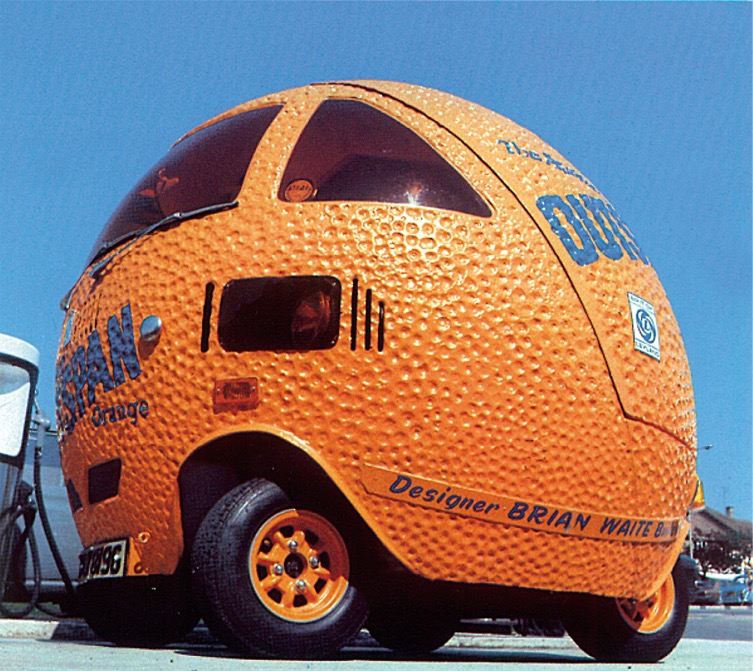
Outspan commissioned six of these novel advertising vehicles, based on the versatile Mini, between 1972 and 1974. They were extensively used in advertising campaigns in the UK, France, and Germany, and one is still in use in South Africa. The high centre of gravity limited speed to 30mph, and prevented over-enthusiastic braking to preclude the vehicle from rolling over. (Custom Car)
The Oscar Mayer Wienermobile is a familiar sight in the US, promoting Yellow Band hot dogs and luncheon meats. This is one of eight productmobiles in todays fleet owned by Kraft Foods, and is based on a GMC W Series truck chassis. Designed originally in 1931, with a 13-foot metal hot dog, the vehicles have evolved through the years and now feature glassfibre bodies. (Oscar Meyer Division, Kraft Foods)
A career in marketing only heightened my interest in anything to do with product promotion. The idea of marketingmobiles (or productmobiles as they are also known) never left me, and the more I came to look into the subject, the more I realised they had never been done adequate justice in print. After all, there are books covering just about every other type of vehicle, so why not promotional vehicles?
Researching and writing this book is my attempt at redressing the balance. A lot of very understanding people helped me along the way. I use the word understanding advisedly ... This was never going to be the easiest subject to delve into, and to those who tuned into the off-beat wavelength on which I operated for a year or two, and helped me considerably, I thank you. A special mention goes to George Green who encouraged me enormously, helped me with photos, and whose book Special Use Vehicles helped light the way when the going got tough.




